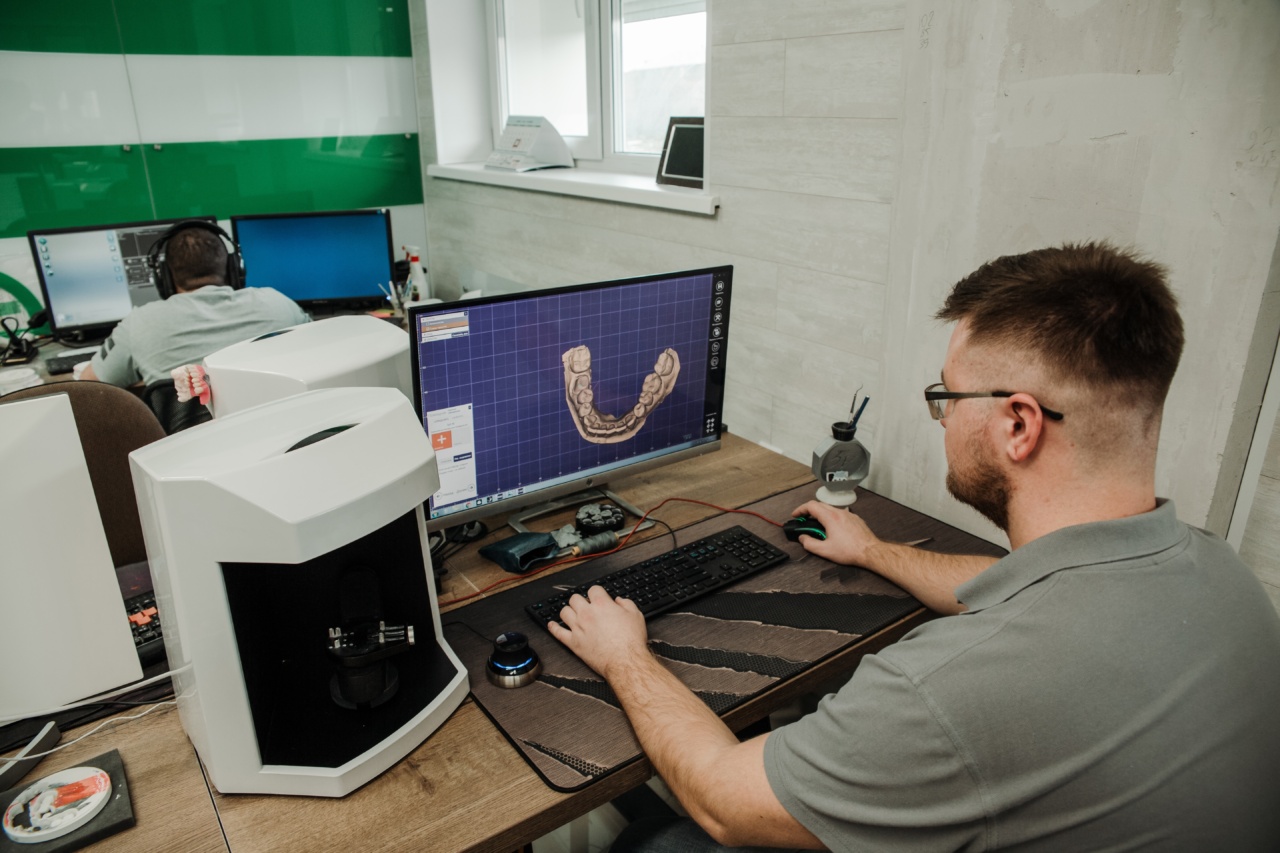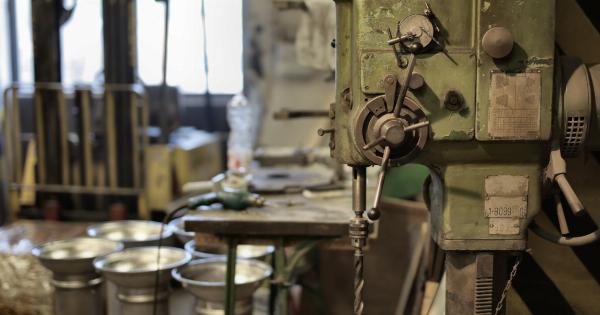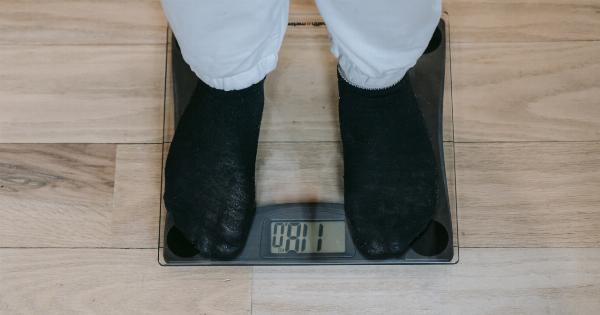Regenerative medicine is an emerging field that has the potential to revolutionize healthcare by harnessing the power of stem cells to regenerate and repair damaged tissues and organs.
Stem cells are unique cells that have the ability to differentiate into various types of cells in the body. They hold great promise for treating a wide range of diseases and conditions, including heart disease, neurodegenerative disorders, and even certain types of cancer.
Harvesting Stem Cells
The first step in using stem cells for regenerative medicine is to harvest them. There are several different sources of stem cells, including embryonic stem cells, adult stem cells, and induced pluripotent stem cells (iPSCs).
Each source has its own advantages and challenges.
Embryonic Stem Cells
Embryonic stem cells are derived from early-stage embryos. They have the potential to differentiate into any type of cell in the body, making them valuable for regenerative medicine.
However, their use is controversial due to ethical concerns surrounding the destruction of human embryos.
Adult Stem Cells
Adult stem cells are found in various tissues and organs throughout the body, such as bone marrow and adipose tissue. They have a more limited differentiation potential compared to embryonic stem cells but can still be used for certain applications.
Harvesting adult stem cells is less controversial since it does not involve the destruction of embryos.
Induced Pluripotent Stem Cells (iPSCs)
iPSCs are artificially generated by reprogramming adult cells, such as skin cells, to behave like embryonic stem cells.
They have similar characteristics and differentiation potential as embryonic stem cells but eliminate the ethical concerns associated with their use. However, the reprogramming process is complex and time-consuming.
Culturing Stem Cells
Once stem cells are harvested, they need to be cultured and expanded in order to generate a sufficient number of cells for therapeutic purposes.
This requires the use of specialized production technologies that create an optimal environment for stem cell growth and differentiation.
Cell Culture Media
Cell culture media are vital for maintaining the viability and growth of stem cells in the laboratory.
These media contain a mixture of nutrients, growth factors, and hormones that provide the necessary conditions for stem cell proliferation and differentiation. Different types of stem cells may require specific media formulations to achieve optimal results.
Bioreactors
Bioreactors are devices used to create a controlled environment for the large-scale production of stem cells. They provide the necessary physical and biochemical cues to support cell growth and functionality.
Bioreactors can simulate the conditions found in the human body, such as temperature, oxygen levels, and mechanical forces, to enhance the quality and functionality of the cultured stem cells.
3D Bioprinting
3D bioprinting is an innovative technology that allows for the precise arrangement of stem cells in a three-dimensional structure. By layering stem cells and biomaterials in a controlled manner, 3D bioprinters can create complex tissue structures.
This technology has the potential to facilitate the production of functional organs for transplantation, bypassing the need for organ donors.
Genetic Engineering
Genetic engineering techniques can be used to modify stem cells for specific therapeutic purposes. This includes enhancing their survival, directing their differentiation into desired cell types, or introducing therapeutic genes.
Genetic engineering can be performed using various methods, such as viral vectors or gene editing tools like CRISPR-Cas9.
Quality Control and Safety
Ensuring the safety and quality of stem cell products is crucial for their successful use in regenerative medicine.
Stringent quality control measures need to be implemented throughout the production process to minimize the risk of contamination, genetic abnormalities, or unintended cell behavior. This includes rigorous testing, validation, and adherence to regulatory guidelines.
Conclusion
Production technology for harvesting and culturing stem cells plays a crucial role in advancing the field of regenerative medicine.
With ongoing research and technological advancements, the potential applications of stem cells in treating various diseases and conditions continue to expand. However, further studies are needed to optimize production techniques, improve scalability, and ensure the safety and efficacy of stem cell-based therapies.





























